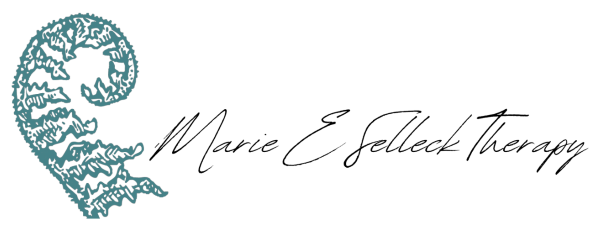The Hidden Connection: Understanding Trauma and Emotional Numbness
As a therapist specializing in Brainspotting and the nervous system, I've noticed that when clients come to me feeling "shut down" or "frozen," they're often experiencing what we call hypo-arousal – a state directly linked to trauma that's far more complex than simple emotional numbness.
The dorsal vagal state, part of our autonomic nervous system, is our most primitive survival response. Think of it as our body's ultimate emergency brake. While most people are familiar with "fight or flight," fewer understand this "freeze" or "shutdown" response, which can feel like being trapped in emotional quicksand.
Through my work with Brainspotting, I've observed how the dorsal vagal response manifests physically. When clients are in this state, they often describe:
Feeling physically heavy, like their limbs are made of lead
A sense of being "far away" from their own body
Feeling unmotivated or unable to take action
A profound sense of hopelessness or disconnection
This state isn't just in your head – it's a full-body experience orchestrated by your vagus nerve, the main communication highway between your brain and body. When trauma overwhelms your system, this nerve triggers a shutdown response that originally evolved to help animals survive predator attacks. It's like your body's version of "playing dead."
What fascinates me as a therapist is how this biological response affects everything from emotional processing to physical sensation. In the dorsal vagal state, your metabolism actually slows down. Your body literally conserves energy by shutting down non-essential functions, including your capacity to feel emotions fully. This includes dulling positive emotions along with negative emotions. It’s like your body doesn’t fully trust the positive emotions.
Many of my clients express shame about being "stuck" in this state, but here's what's crucial to understand: hypo-arousal is not laziness or weakness – it's your nervous system doing exactly what it was designed to do under threat. The problem isn't the response itself; it's when your system gets trapped there long after the danger has passed.
Healing from this state requires a different approach than traditional talk therapy alone. We need to work directly with the nervous system to create safety and gradually expand your "window of tolerance" – the zone where you can handle emotions without shutting down.
People often mistake numbness for nothingness. But numbness isn’t the absence of feelings; it’s the response of being overwhelmed by too many feelings.
-Lori Gottlieb
Using somatic techniques such as Brainspotting, we start by recognizing the subtle signs that you're slipping into hypo-arousal. This awareness is crucial because you can't change a state you can't identify. We then work on gentle, manageable ways to bring your nervous system back into balance.
Some key approaches I use include:
Tracking physical sensations to build body awareness
Using movement and breath to activate the ventral vagal system (your safety system)
Employing Brainspotting to process trapped trauma without overwhelming your system
The path out of chronic hypo-arousal isn't about forcing yourself to "feel more" or "just get over it." Instead, it's about creating enough safety in your nervous system that it no longer needs to stay in shutdown mode. This process requires patience and understanding – you're essentially retraining a survival response that's become stuck.
Remember, your dorsal vagal response developed to protect you. While it may no longer serve you in the same way, acknowledging its protective role is part of healing. Through trauma-informed therapy, we can help your nervous system learn that it's safe to come out of shutdown mode.
Signs you might be ready to emerge from hypo-arousal include:
Noticing small bursts of energy or emotion
Feeling subtle sensations in your body
Having moments of curiosity about the future
Experiencing brief periods of connection with others
These moments, however small, are significant. They indicate your nervous system is beginning to recognize safety and is capable of shifting states.
If you're experiencing chronic hypo-arousal, know that you're not broken or permanently stuck. Your nervous system is highly adaptable, and with the right support, you can develop a more flexible response to stress and emotions. The key is working with, not against, your body's natural processes.
Through my years of practice, I've witnessed countless clients gradually emerge from this frozen state. It takes time, but with proper understanding of your nervous system and targeted therapeutic techniques, you can rebuild your capacity to engage fully with life while maintaining healthy boundaries and self-regulation.
Your journey from shutdown to aliveness may be gradual, but each small step toward regulation matters. Remember, the goal isn't to never experience hypo-arousal again – it's to have the tools and awareness to recognize when you're there and know how to guide yourself back to balance. If you’re interested in healing from your numb state, learn more about Trauma Therapy.



